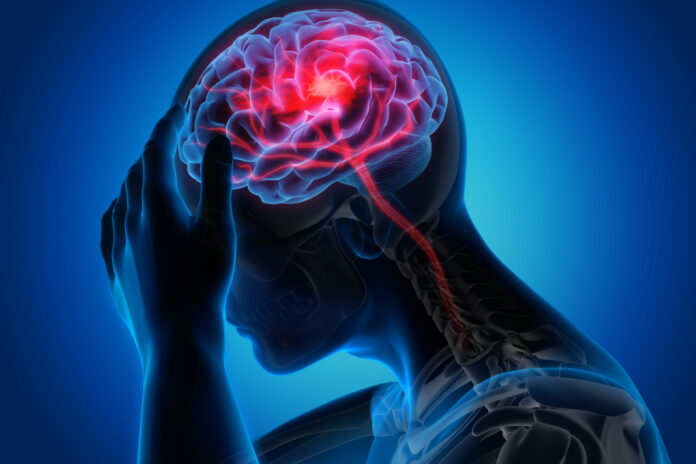
Preserving The Brain Cell Is The Most Important To Prevent Permanent Damage
By Winston Lee L. Ac, Ph.D., KMD
There are two types of strokes: cerebral infarction and cerebral hemorrhage. Among them, cerebral infarction is a very urgent disease in which brain cells die due to the stenosis of arteries in the brain. In this case, facial paralysis on the opposite side of the cerebral infarction, loss of sensation in upper and lower limbs, and loss of motor function occurs. For example, if a cerebral infarction occurs in the right brain, the left face is paralyzed, the right face is squished, and the left limb is paralyzed. This disease is so serious and urgent because it is a disease in which brain cells die, which often results in a permanent disability.
Bell’s palsy(facial paralysis) with similar symptoms is paralyzed on one side of the face like cerebral infarction and cerebral hemorrhage, but there are no symptoms of paralysis of arms or legs, and most of the facial paralysis disappears within 4-6 weeks, and there is generally no permanent sequelae. Bell’s palsy improves easily compared to cerebral infarction and cerebral hemorrhage because it is recoverable. After all, it is peripheral nerve damage. However, stroke is because the central nerve, that is, the cranial nerve, is injured, and the brain cells themselves are almost impossible to recover.
The recently treated cerebral infarction patient suddenly developed in early September and immediately went to the emergency room for intensive treatment. After being admitted to the hospital, two weeks later, the patient received an acupuncture treatment from me after being stable. I’m not sure if it’s a coincidence, but after receiving acupuncture from me, it is said that the paralysis of the face has improved noticeably from the very next day. The medical staff who watched the patient every day testified like that. And the next week, when I saw the patient again, I could tell that she had also improved significantly, unlike before. The paralysis on the face improved by about 30%, and the pronunciation when speaking was also improved by more than 50%.
In Korea, integrative treatment by Eastern and Western medicine is very common, especially for stroke. If a patient receives Eastern treatment together with Western treatment for stroke, there are obviously many benefits to the patient. In the case of cerebral infarction, in the early acute phase, treatment is mainly performed in Western medicine, and a thrombolytic agent is administered, or a procedure to directly remove the cerebral thrombus such as endoscopy is performed. In the subacute phase after the initial intensive treatment, acupuncture is immediately followed to recover the hemiplegia of the face and limbs quickly, and at the same time, herbal medicines are prescribed to clear the blockages of small blood vessels and meridians of the body. It is a common and well-known treatment protocol in Eastern medicine hospitals in Korea.
In the States, the awareness of Eastern medicine among patients, their families, and the medical staff in charge is still insufficient, so it is very hard for the above-mentioned integrative medicine, including acupuncture and herbal medicine, to be applied immediately at the acute phase in the beginning. Suppose a patient suffers a stroke after receiving initial acute treatment at the hospital. In that case, we can recommend that the patient see a reliable acupuncturist and continue to receive acupuncture treatment regularly, even for sequelae such as hemiplegia. In this way, the sequelae can be improved more effectively than just continuing exercise therapy for rehabilitation after finishing acute phase treatment, and the patient’s return to daily life can be significantly accelerated.
































